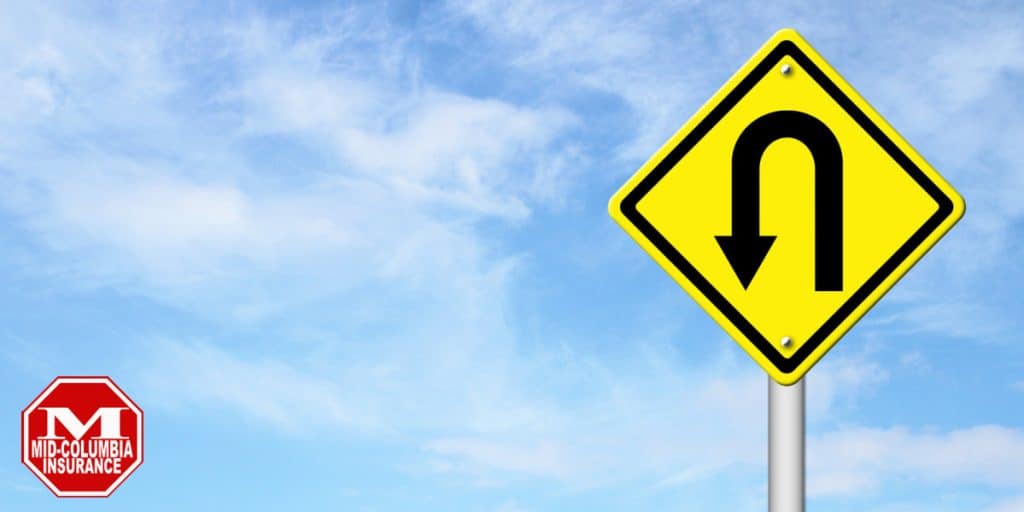
The execution of a U-turn, while seemingly a simple maneuver, is a multifaceted traffic movement that is governed by an array of regulations and influenced by various types of road configurations and control devices.
These regulations are not universally standardized; they vary significantly from one jurisdiction to another, reflecting local traffic conditions and safety considerations (NHTSA, 2020). For instance, while some states outright prohibit U-turns in specific zones or at intersections controlled by traffic signals, others permit them with certain restrictions, such as the presence of a U-turn lane or signage permitting the maneuver (FHWA, 2019).
The introduction of dedicated U-turn lanes, such as those found in states like Texas, demonstrates an innovative approach to road design that seeks to facilitate this complex maneuver without impeding through traffic (TxDOT, 2018). Meanwhile, traffic control systems may include U-turn specific signals that add another layer of regulation, ensuring that vehicles can complete the turn safely when traffic conditions are deemed suitable (ITE, 2017).
Understanding the rationale behind these diverse approaches necessitates a closer examination of the underlying principles of traffic flow and safety that guide the implementation of U-turn regulations and infrastructure.
Key Takeaways
- U-turn regulations vary by state in the United States.
- U-turns can be prohibited in certain jurisdictions for various reasons.
- U-turns can be regulated through traffic lights, with designated ‘U-turn only’ lanes.
- U-turns are required for many left turns to and from divided highways in Michigan, using the Michigan left maneuver.
U-Turn Regulations Overview
U-turn regulations in the United States are not uniform and vary significantly from state to state, each with its own set of rules and restrictions governing the maneuver.
In Indiana, for instance, U-turns are permissible provided that the driver complies with all precautions associated with making a left turn (Indiana Code 9-21-8-25).
Conversely, states like Michigan have implemented the Michigan left, which requires drivers to make a U-turn to complete a left turn onto divided highways, enhancing traffic flow and safety (Michigan Vehicle Code 257.649).
Texas and Georgia feature designated Texas U-turn lanes to facilitate smoother traffic movement (Texas Transportation Code §545.102).
It is critical for drivers to acquaint themselves with the specific U-turn regulations relevant to their state to ensure compliance and road safety.
Types of U-Turns
Having explored the varying regulations across different states, it is important to understand the distinct types of U-turns that drivers may encounter or execute on the road.
Traditional U-turns are executed at intersections or breaks in a divided roadway, where signage or signals permit the maneuver.
Texas U-turn lanes, or continuous flow lanes, facilitate U-turns without impeding through traffic, exemplifying a type tailored to specific road layouts.
Other areas utilize dedicated U-turn ramps on divided highways, often reserved for emergency or authorized vehicles.
Some jurisdictions, recognizing traffic flow patterns, have introduced ‘U-turn only’ signals at intersections to control and safely manage U-turn traffic.
Thus, the type of U-turn permitted is highly dependent on location, road design, and jurisdictional regulations.
Traffic Light U-Turn Control
In certain jurisdictions, traffic signals are employed to orchestrate the safe execution of U-turns, ensuring that vehicles making these maneuvers do not interfere with the flow of oncoming traffic. Traffic light U-turn control systems are designed with the following considerations:
- Dedicated U-Turn Signals: Some intersections include dedicated traffic signals expressly for U-turn movements, often a green arrow indicating when it is safe to proceed.
- Integrated U-Turn Phases: U-turns are integrated into the traffic signal’s cycle, with a specific phase that allows only U-turns to proceed while other movements are halted.
- Lane-Specific Signage: Signage is used alongside traffic signals to indicate lanes designated exclusively for U-turns.
- Timing and Synchronization: The traffic signals are carefully timed and synchronized with the regular flow of traffic to minimize disruption and maintain efficiency.
These measures are crucial for maintaining traffic safety and fluidity, particularly at busy intersections or on multi-lane roads.
Mid-Columbia Insurance – Your Trusted Insurance Agent
Call (509)783-5600 and speak to one of our independent insurance agent professionals today, or click “Get a Quote” to request an insurance quote.
Get the coverage you want at a price you can afford!
« Back to Glossary Index